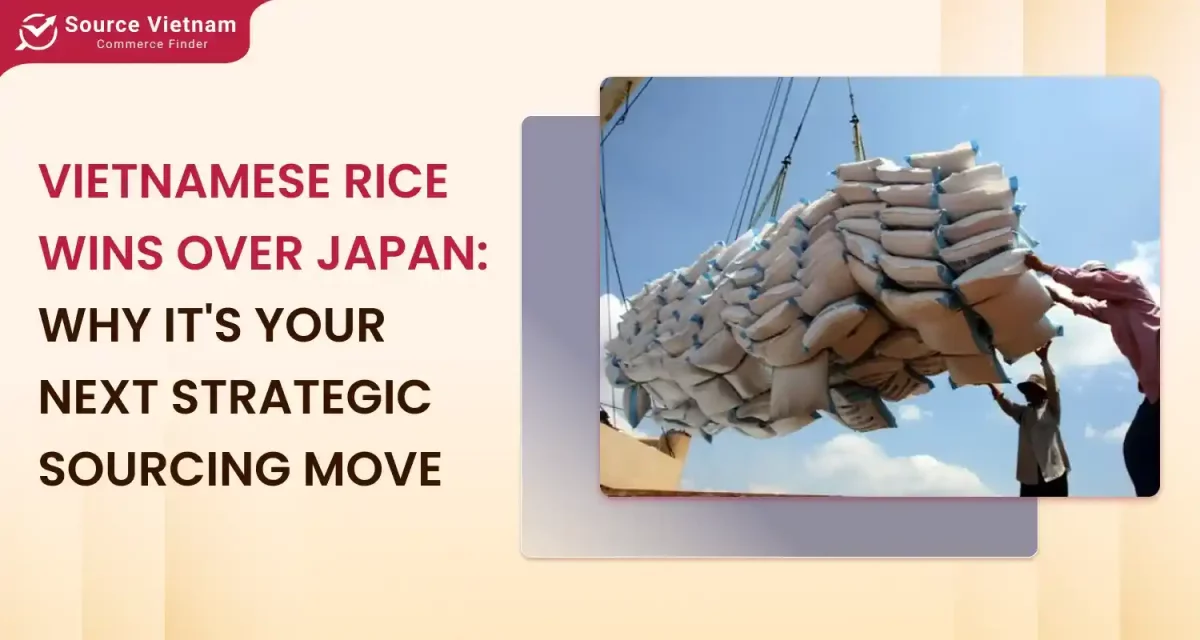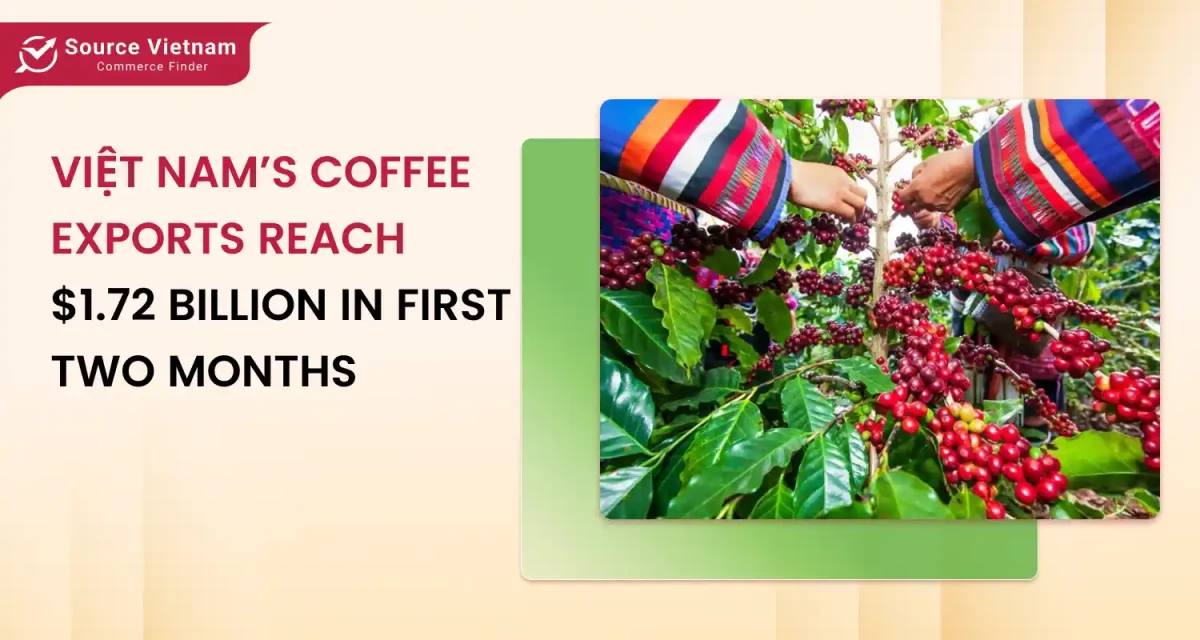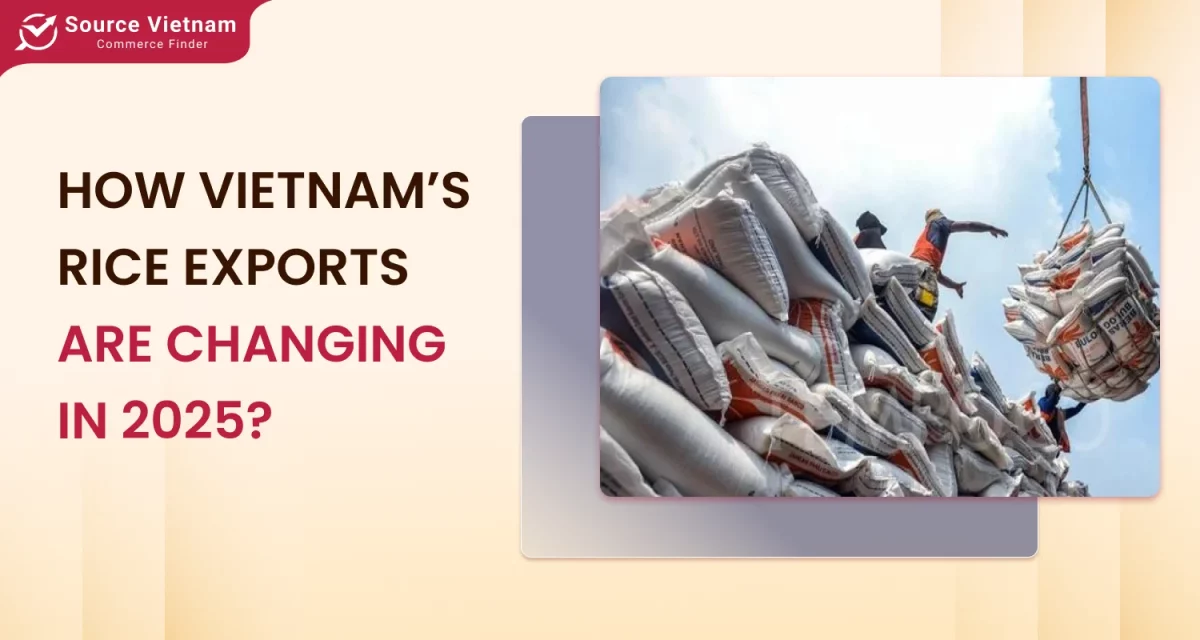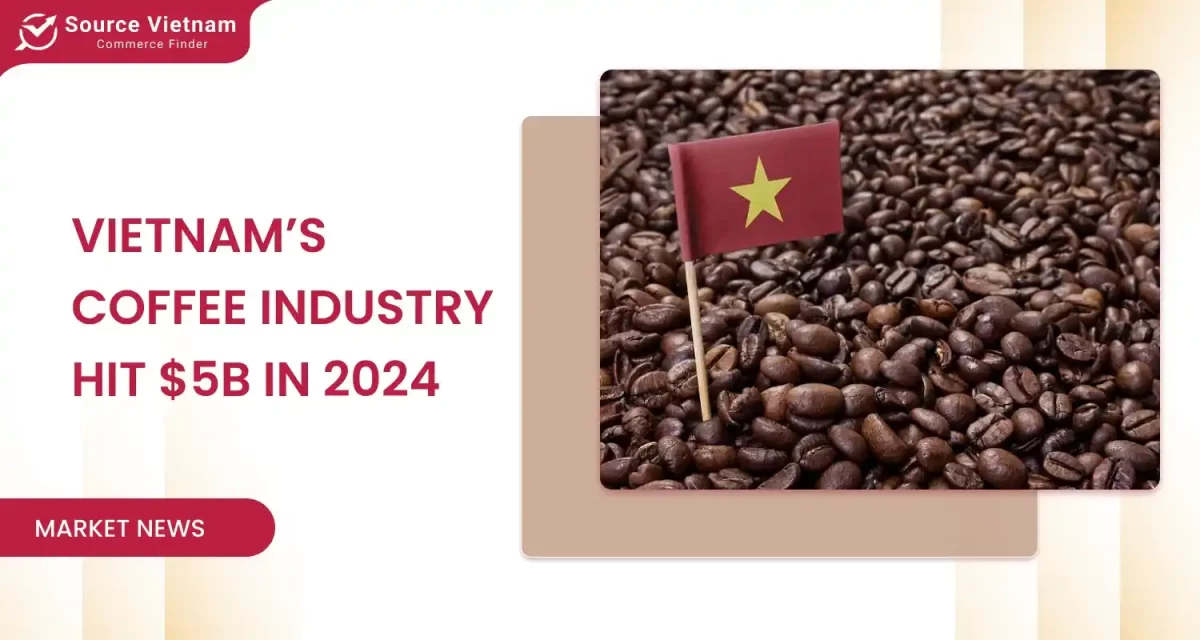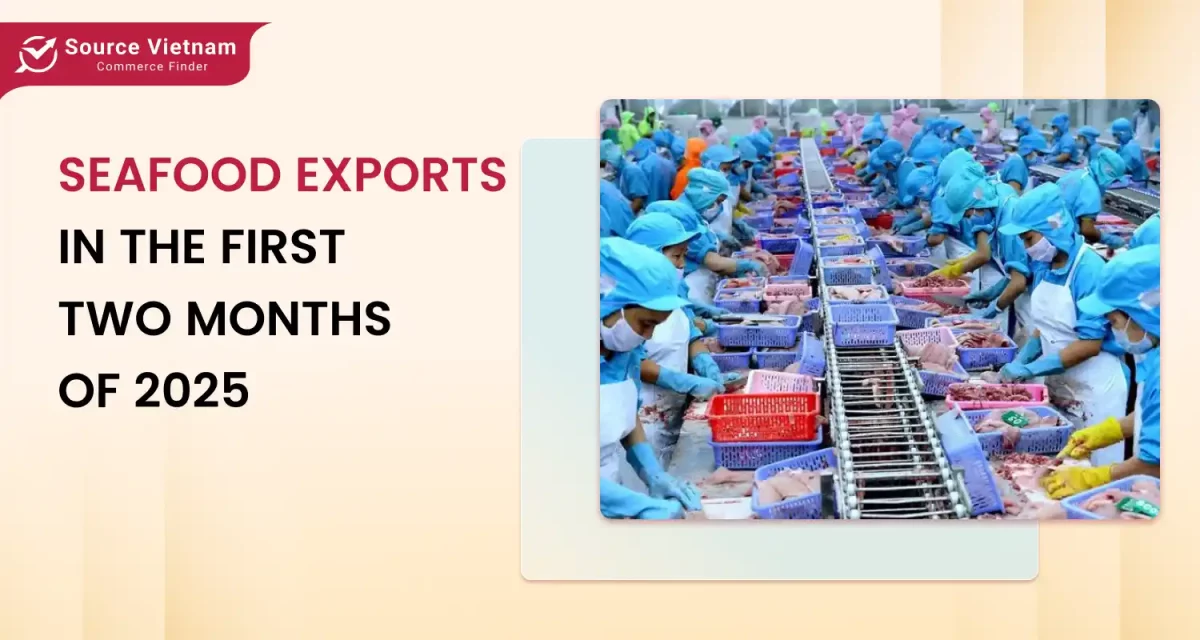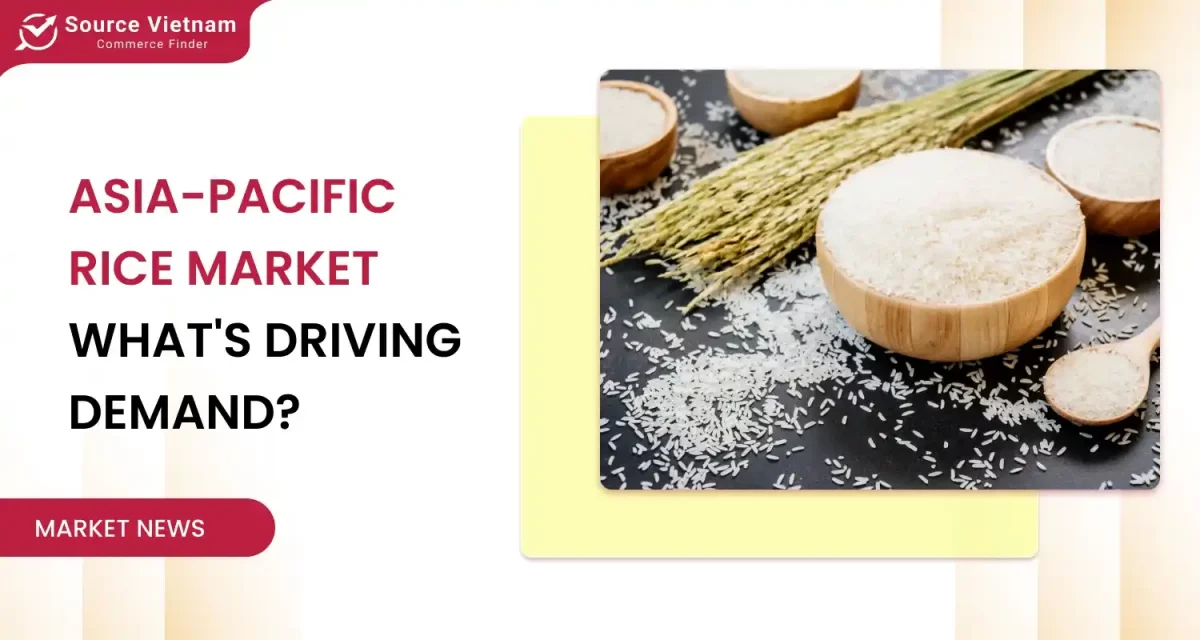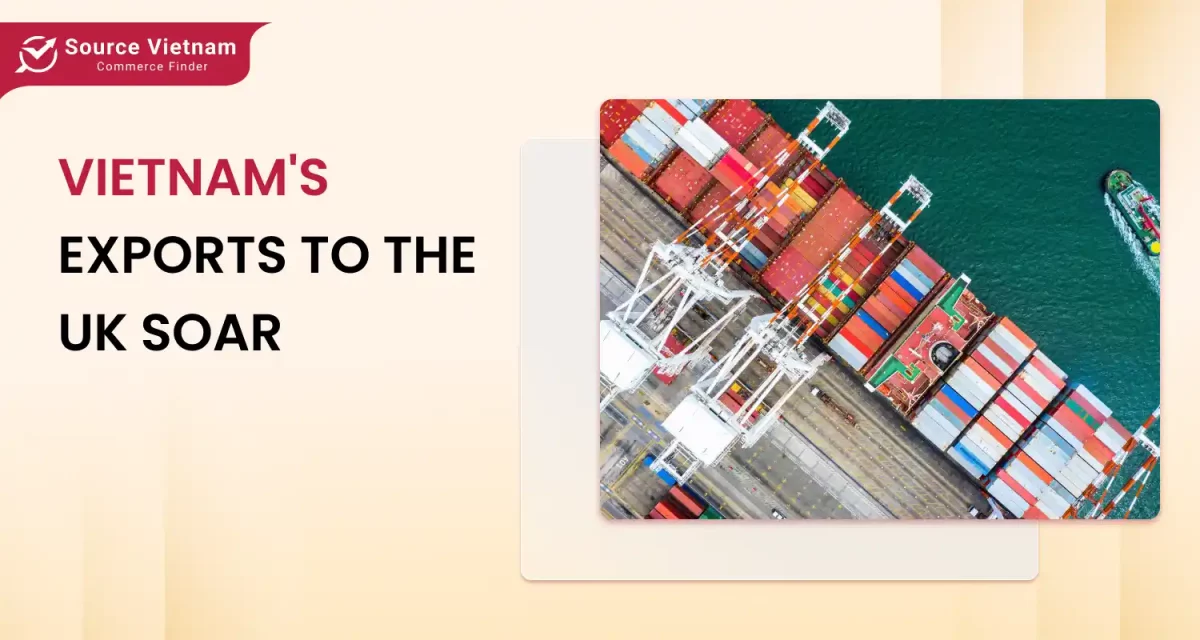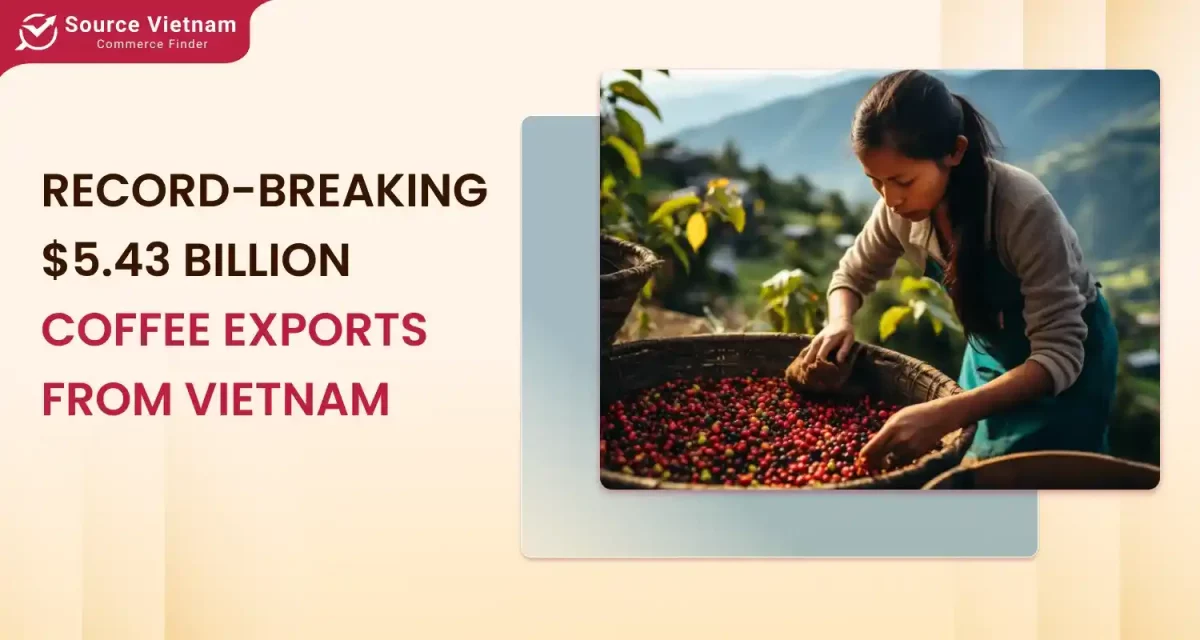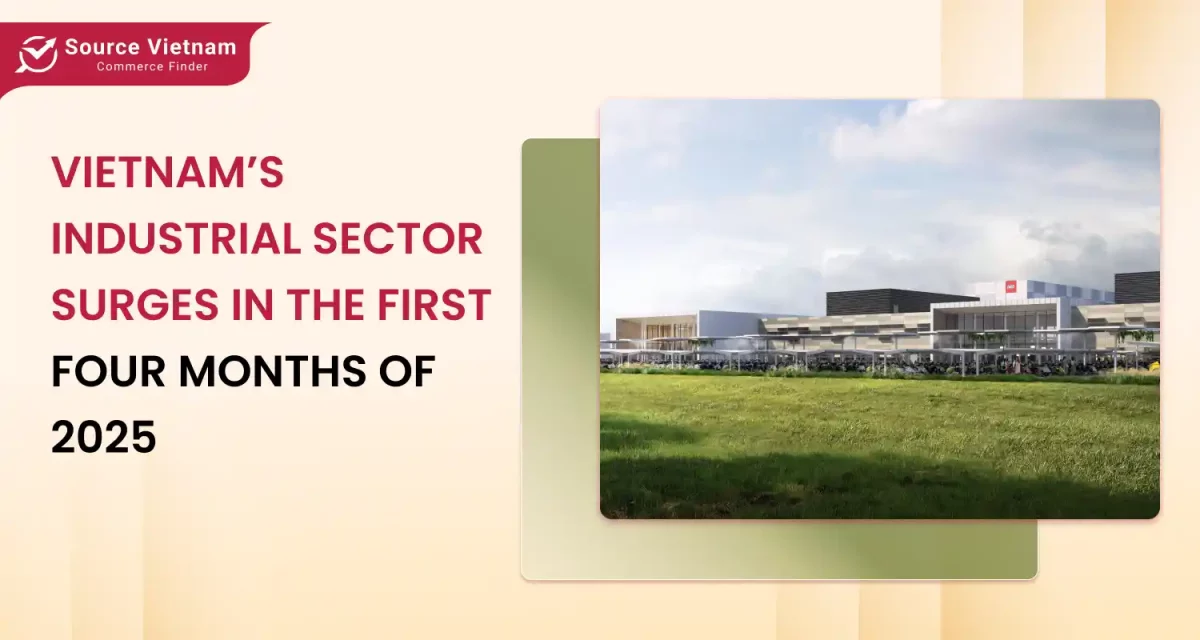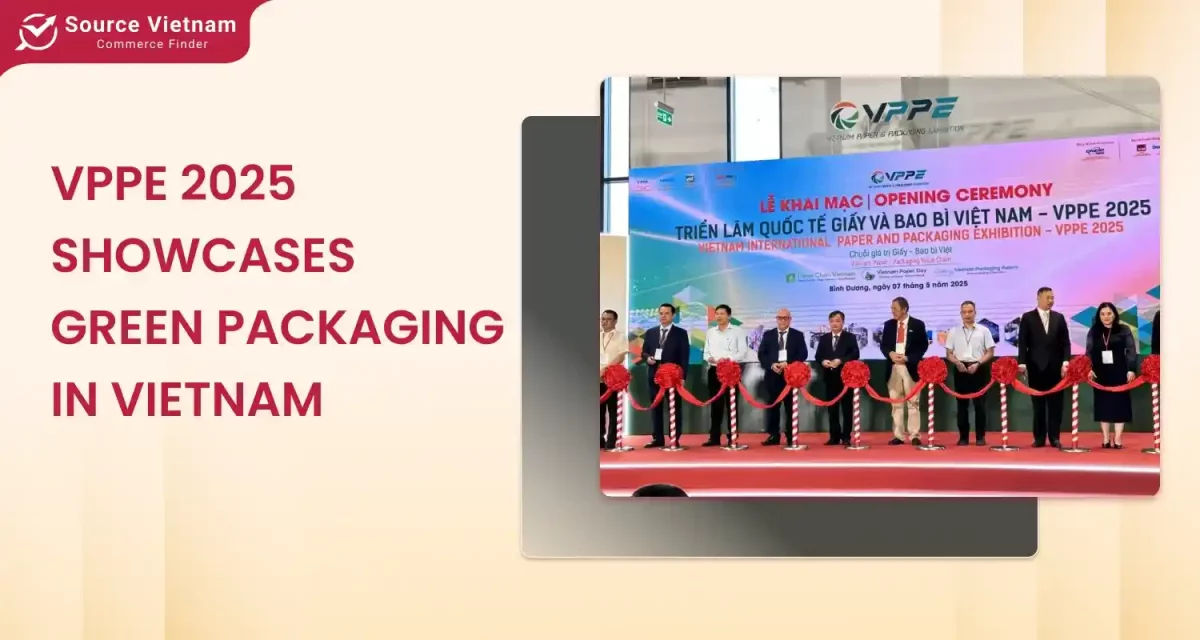Insight:
- Vietnam’s Mekong Delta is leading the way in sustainable rice farming, combining innovation with environmental care to boost farmer profits and reduce emissions.
- This green revolution offers a unique opportunity for global partners to invest in a climate-smart agricultural future.
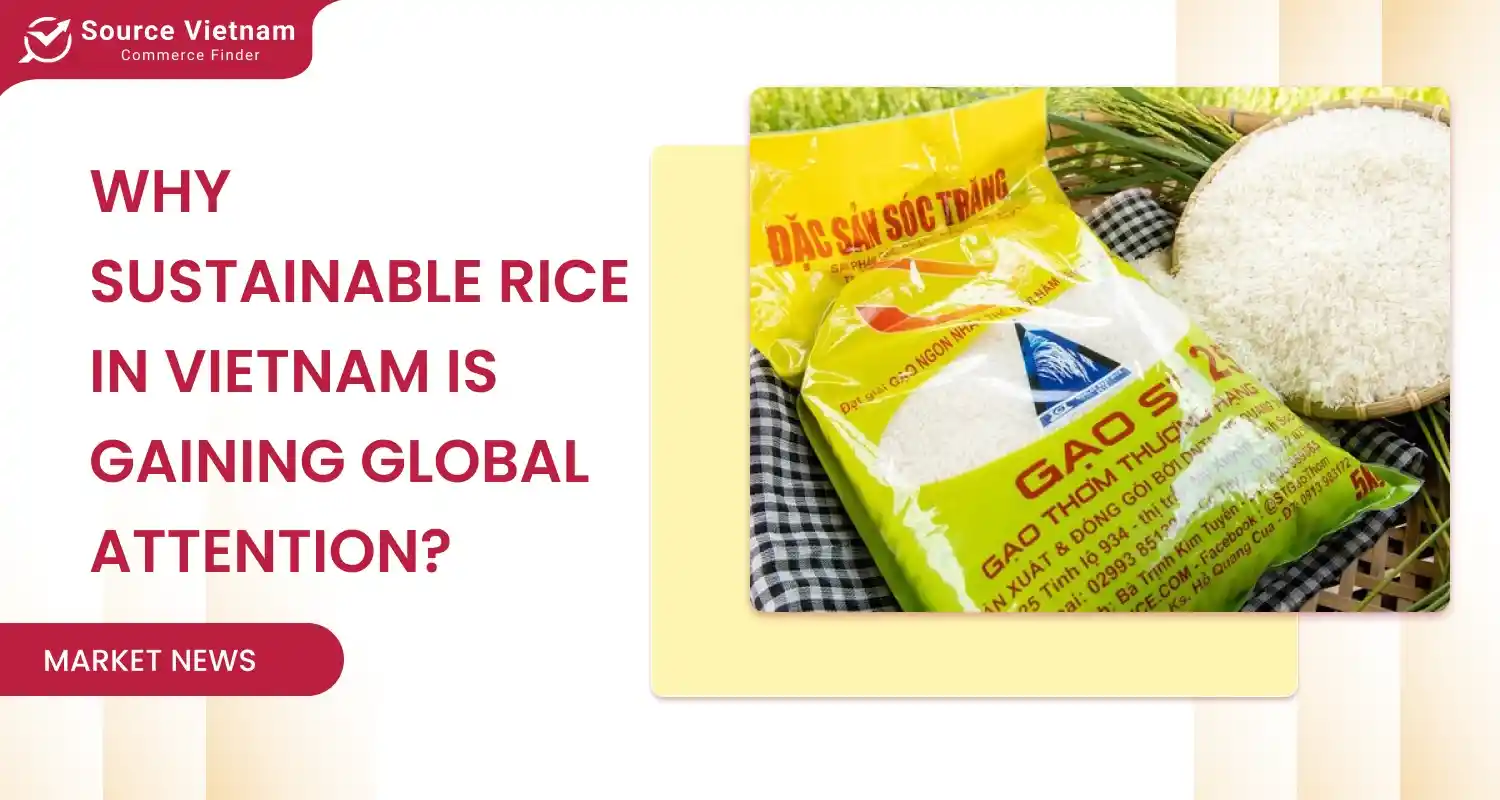
As the world races to combat climate change, agriculture is undergoing a green transformation, and rice farming is no exception. From Asia to Africa, countries are rethinking how they grow their most essential crop, aiming to balance productivity with sustainability. Among these efforts, Vietnam is stepping up as a regional leader in climate-smart farming. In the heart of the Mekong Delta, the country has launched an ambitious initiative to cultivate 1 million hectares of high-quality, low-emission rice by 2030. This large-scale shift not only supports environmental goals but also promises better incomes for farmers and stronger global competitiveness. The movement for sustainable rice Vietnam is more than a buzzword—it’s a blueprint for the future of food production in a warming world.
What is high-quality, low-emission rice cultivation?
High-quality, low-emission rice cultivation is a modern farming approach that focuses on growing better rice while minimizing environmental impact. It combines advanced techniques to improve crop quality, reduce greenhouse gas emissions, and make farming more efficient and profitable.
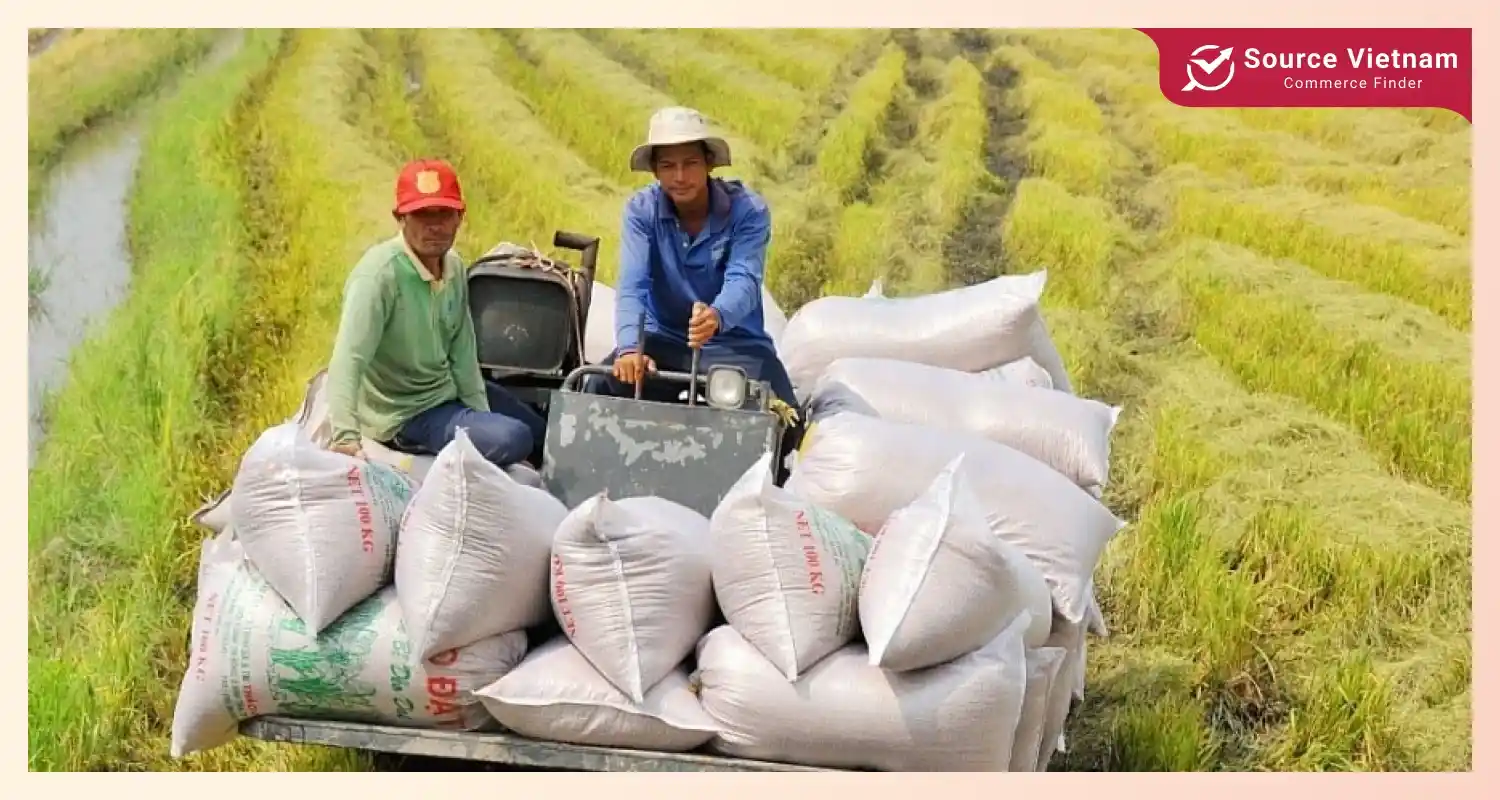
Key practices include water-saving irrigation systems, such as alternate wetting and drying (AWD), which cut down on methane emissions. Farmers also use optimized amounts of fertilizers to avoid overuse, reducing both costs and pollution. Additionally, rice straw—usually burned after harvest—is now reused to grow mushrooms or converted into organic compost, adding extra income and lowering carbon output.
The benefits are clear: healthier soil, cleaner air, lower production costs, and premium-quality rice that can fetch higher market prices. This method not only helps farmers adapt to climate change but also opens the door to sustainable growth and export opportunities in the global rice market.
Pilot results and measurable impacts
Vietnam’s sustainable rice initiative is already showing promising results through pilot programs launched across five key provinces: Kiên Giang, Sóc Trăng, Trà Vinh, Đồng Tháp, and Cần Thơ. These areas have tested new farming methods under real conditions, and the outcomes are impressive.
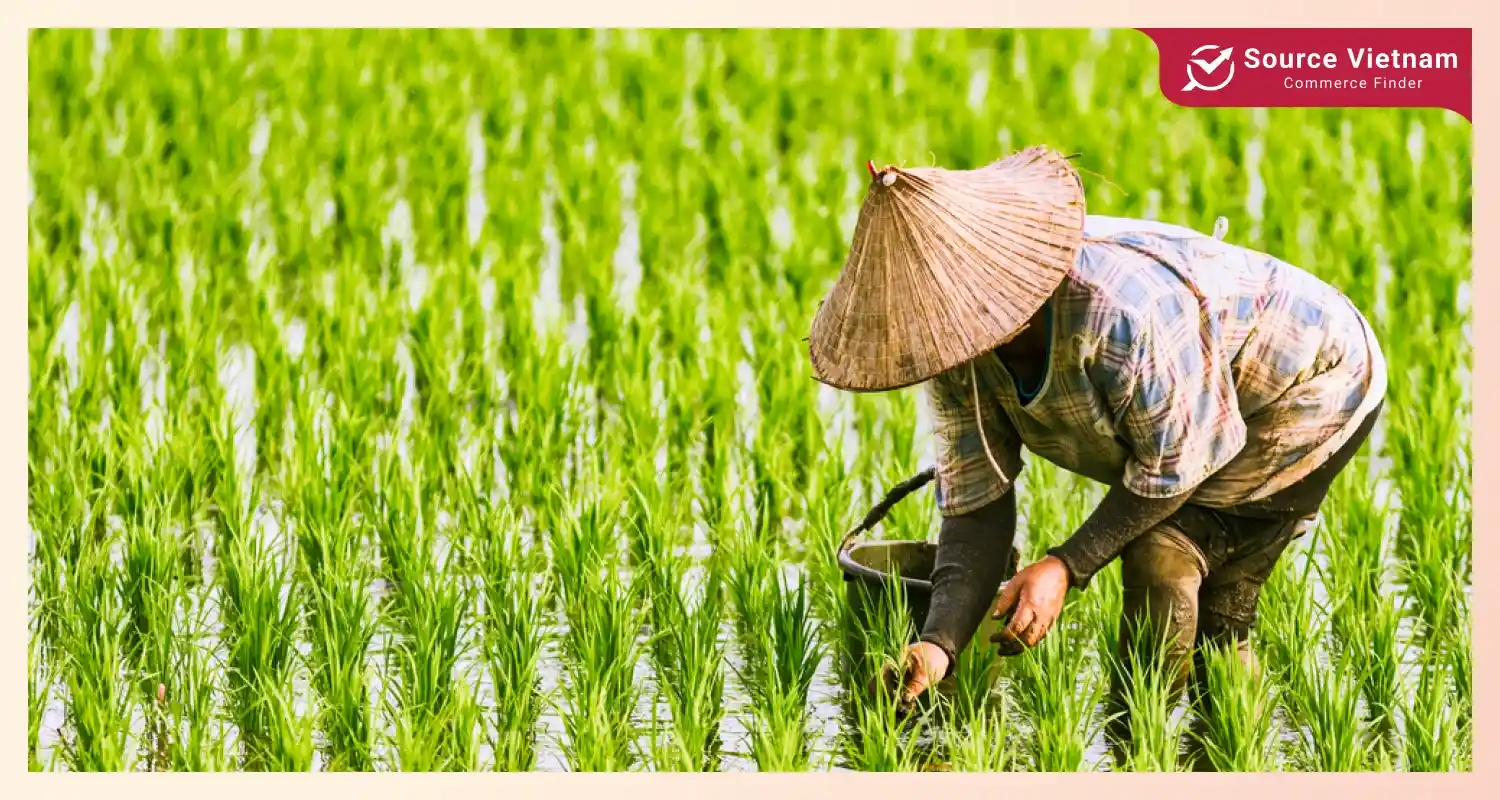
Economically, farmers saw a reduction in production costs ranging from 8.2% to 24.2%, thanks to more efficient use of water, fertilizers, and labor. At the same time, rice yields increased by 2.4% to 7%, boosting overall productivity. As a result, farmer profits rose significantly—by an estimated $150 to $270 per hectare.
Environmentally, the shift to low-emission practices led to a reduction of 2 to 12 tons of CO₂ per hectare, a major step in cutting agriculture-related greenhouse gas emissions. On the market side, the rice produced under this model commanded premium pricing—about 200 to 300 VND more per kilogram—thanks to its higher quality and sustainability credentials.
Beyond the fields, rice straw that was once burned is now repurposed for mushroom cultivation and organic composting, creating extra revenue streams and reducing waste. These early results prove that sustainable rice farming is not only viable, but valuable.
Challenges in scaling the model
While the pilot results are encouraging, scaling the high-quality, low-emission rice model across Vietnam faces several challenges. Implementation has been slow in some provinces due to limited local capacity and inconsistent coordination among stakeholders. Many farming communities still lack access to updated training, technology, and financial resources needed to adopt new practices effectively.
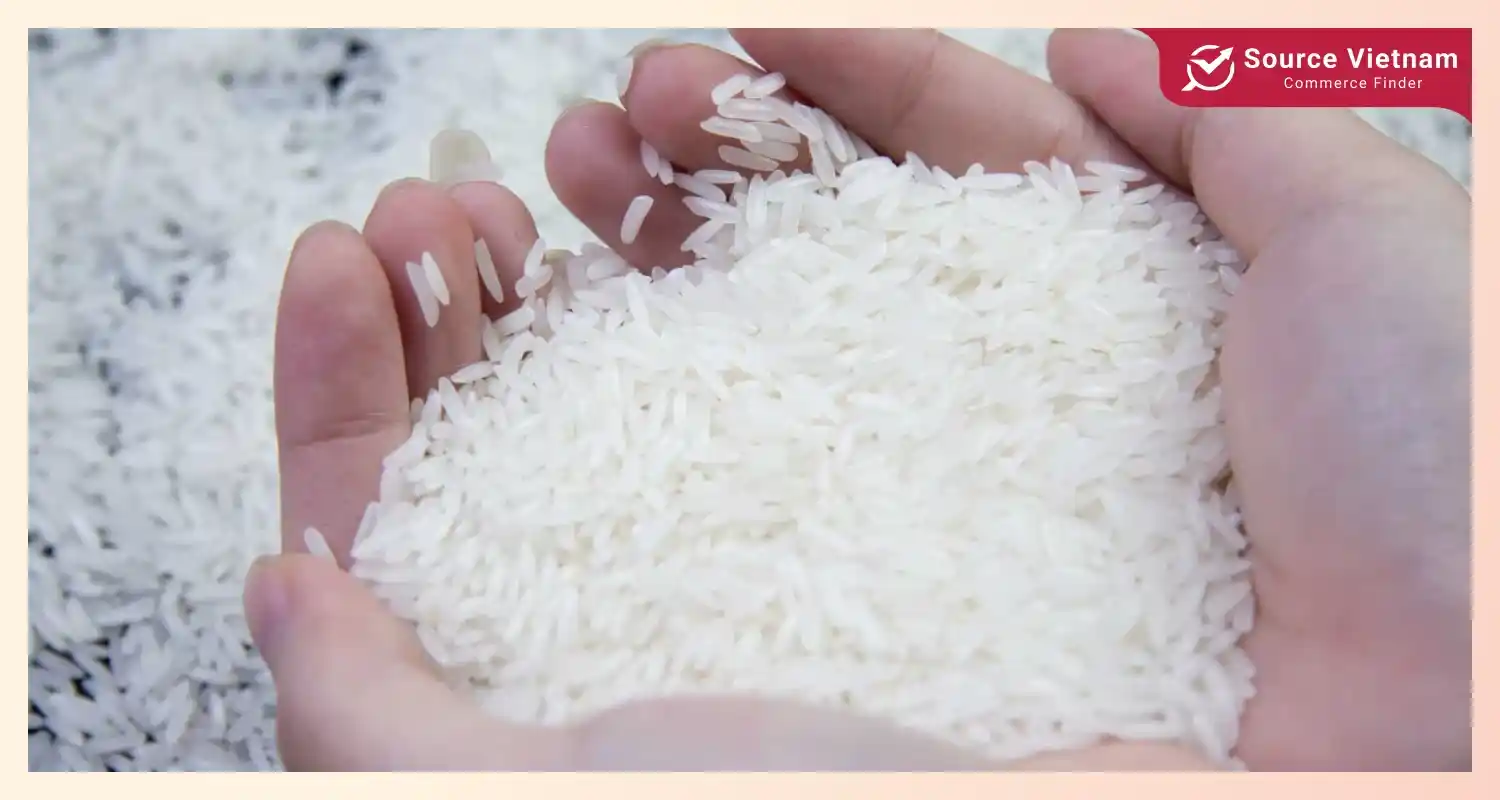
One of the biggest roadblocks lies in the weak producer-buyer linkages. Without strong supply chains or reliable market access, farmers hesitate to transition to sustainable methods, fearing they may not get a return on investment.
Another issue is the delayed disbursement of international funding from partners like the World Bank and the Transformative Carbon Asset Facility (TCAF), which are crucial to supporting large-scale rollouts. These delays create financial uncertainty and reduce the momentum needed to expand the program.
Moreover, the model’s current dependence on external technical and financial support makes it vulnerable in the long run. To ensure sustainability, Vietnam will need to strengthen domestic capabilities, build institutional frameworks, and engage the private sector more deeply.
Strategic importance for Vietnam’s agriculture
Despite the challenges, scaling sustainable rice practices holds major strategic value for Vietnam’s agricultural future. First and foremost, it aligns with the country’s broader climate resilience and green growth goals, making rice farming part of the solution to global warming rather than part of the problem.

Economically, this shift can boost Vietnam’s rice export brand, positioning the country as a global leader in sustainable, high-quality rice. As international buyers increasingly prioritize traceability and environmental responsibility, Vietnam stands to gain a competitive advantage.
Socially, the program has strong potential to improve farmer livelihoods through higher profits and diversified income sources like straw reuse. It also contributes to rural development by encouraging more inclusive, cooperative-based farming models.
By transforming the Mekong Delta into a hub for climate-smart agriculture, Vietnam not only strengthens food security but also sets an example for other rice-producing nations navigating the crossroads of productivity and sustainability.
Opportunities for international partners
Vietnam’s transition to sustainable rice offers exciting opportunities for international collaboration. Technology providers have a clear role to play, especially in areas like smart irrigation systems, greenhouse gas (GHG) monitoring tools, and precision agriculture platforms that can help farmers reduce emissions while increasing efficiency.
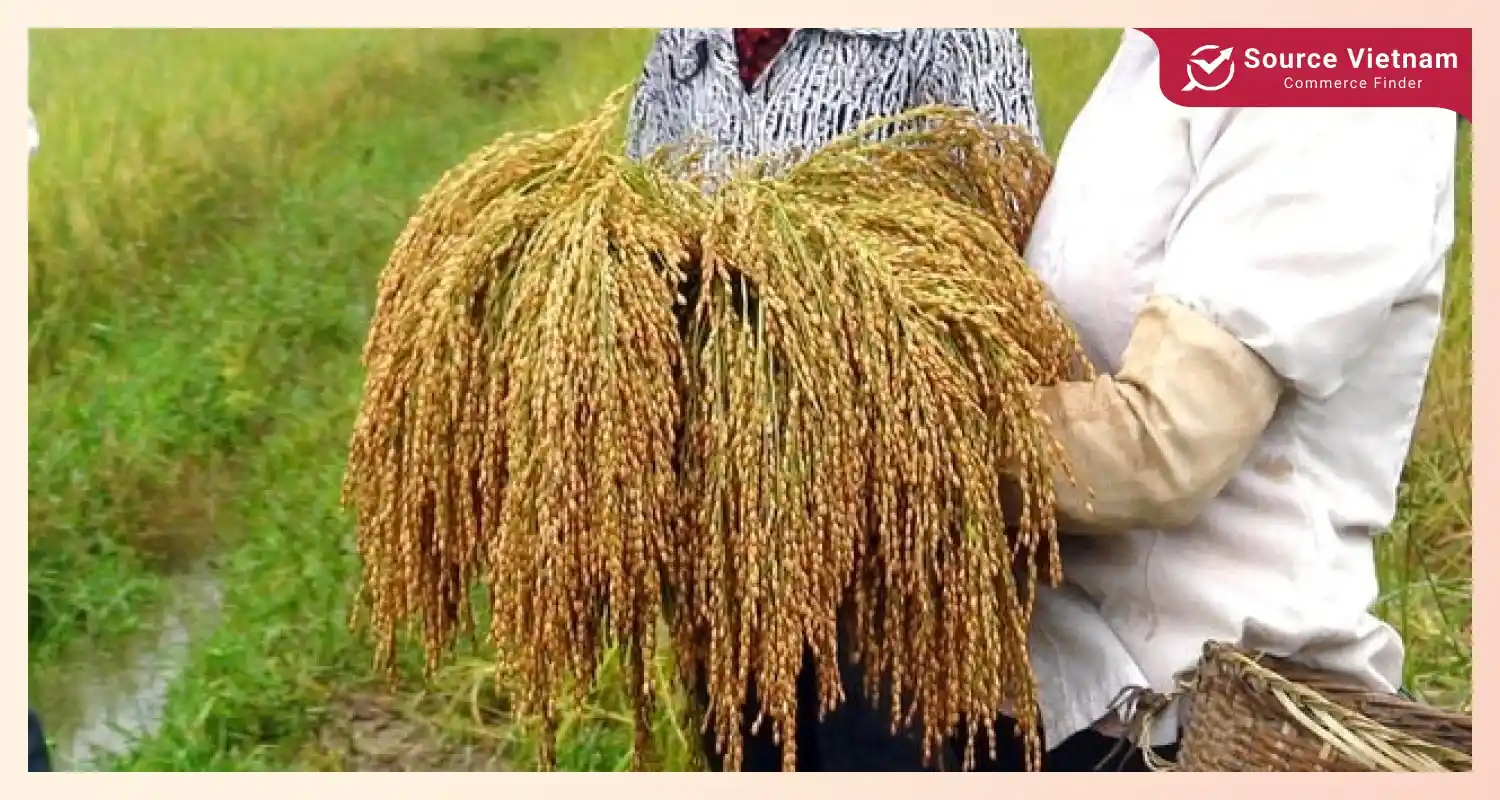
There’s also significant potential for investment in rice processing and export infrastructure. Upgrading the value chain will not only improve product quality but also help Vietnamese rice meet stricter global standards for sustainability and traceability.
Public-private partnerships (PPPs) are key to unlocking scale. By working with local cooperatives, governments, and NGOs, global companies can help build inclusive models that benefit both farmers and investors.
Finally, climate finance—from carbon markets or green bonds—can accelerate adoption by providing critical funding for training, infrastructure, and innovation. For forward-looking partners, Vietnam’s rice sector offers fertile ground for impact-driven investment and meaningful global contribution.
What’s next: 2025 and beyond
Looking ahead, 2025 will be a pivotal year for Vietnam’s sustainable rice agenda. The government aims to speed up implementation across provinces, strengthen farmer cooperatives, and streamline access to international funding, addressing key bottlenecks seen in the pilot phase.
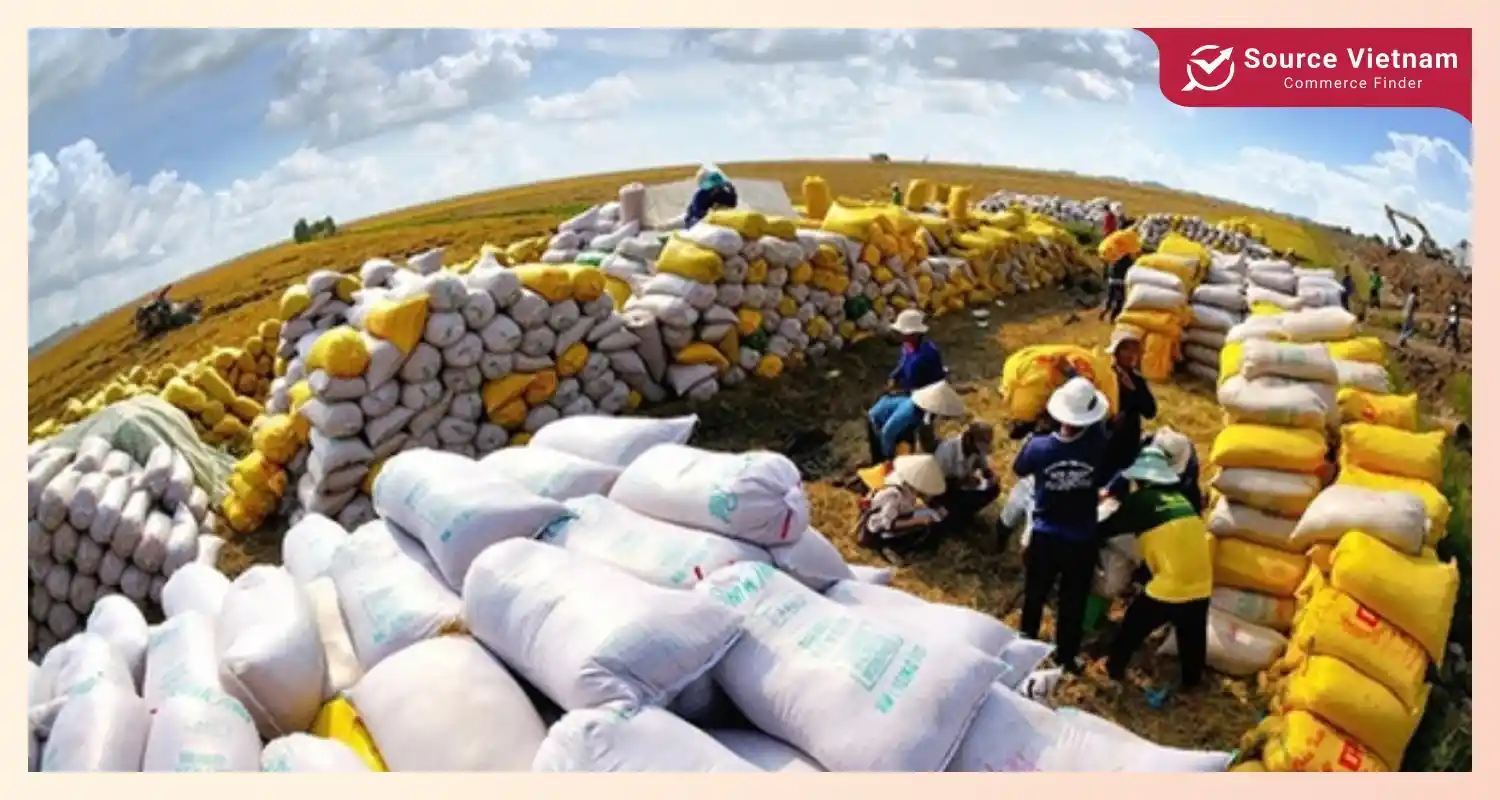
Broader policy support, including incentives for eco-friendly farming and innovation, will be essential. At the same time, Vietnam is embracing digital transformation in agriculture, using data to optimize planting cycles, manage inputs, and monitor emissions in real time.
By 2030, the vision is clear: a fully integrated, climate-smart rice sector that supports both environmental sustainability and economic resilience. With strong leadership and global partnerships, Vietnam is not just growing rice—it’s growing a model for the future of sustainable agriculture.
Conclusion
Vietnam’s push for sustainable rice farming in the Mekong Delta is a powerful blend of innovation, increased profits, and environmental responsibility. This initiative not only improves farmer livelihoods but also positions the region as a global model for green agriculture. With proven economic and ecological benefits, the Mekong Delta offers a blueprint for transforming traditional farming into a climate-smart, competitive sector. Now is the time for investors, policymakers, and technology partners to join forces and support this transformative journey. Together, we can cultivate a future where sustainability and prosperity grow hand in hand.



